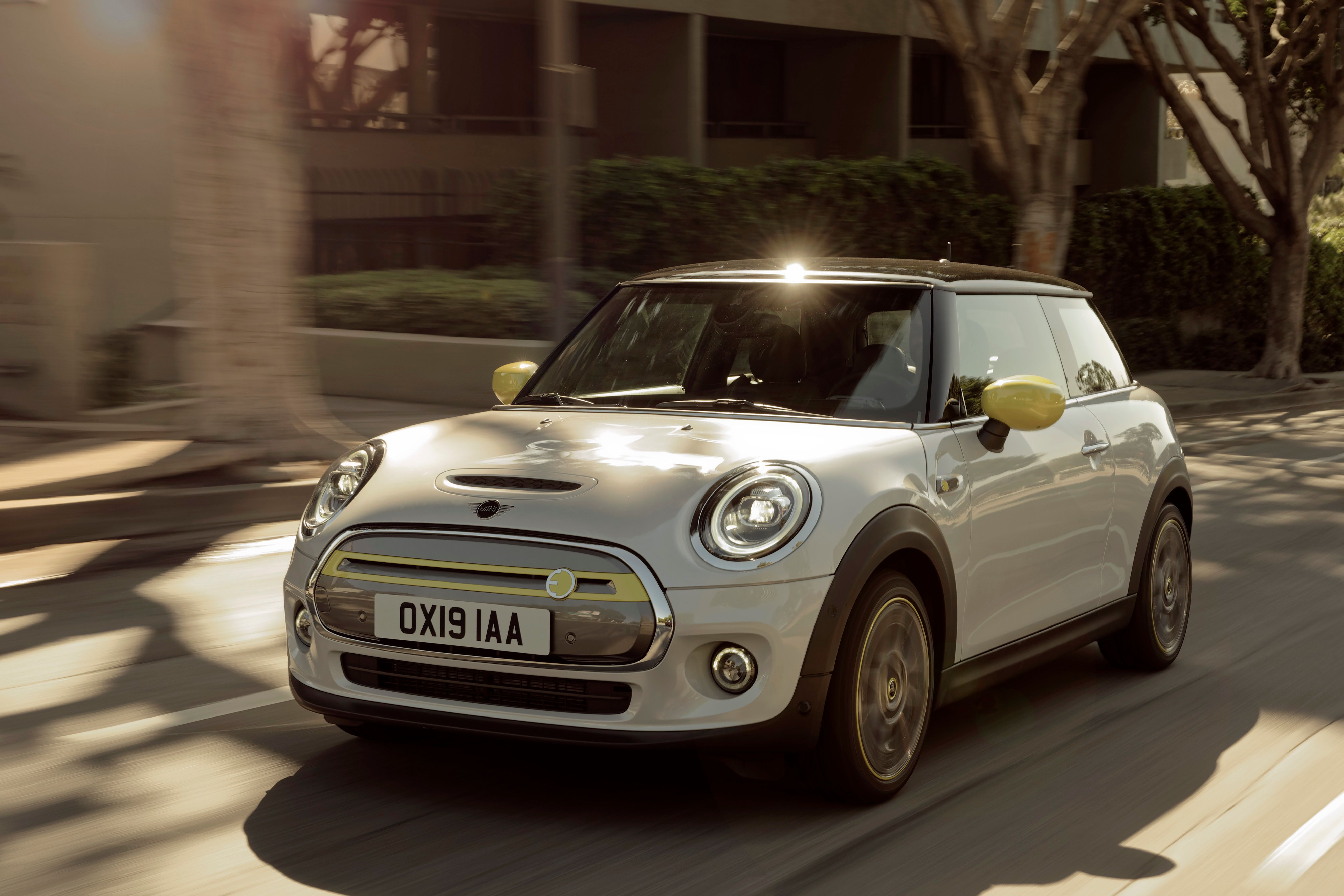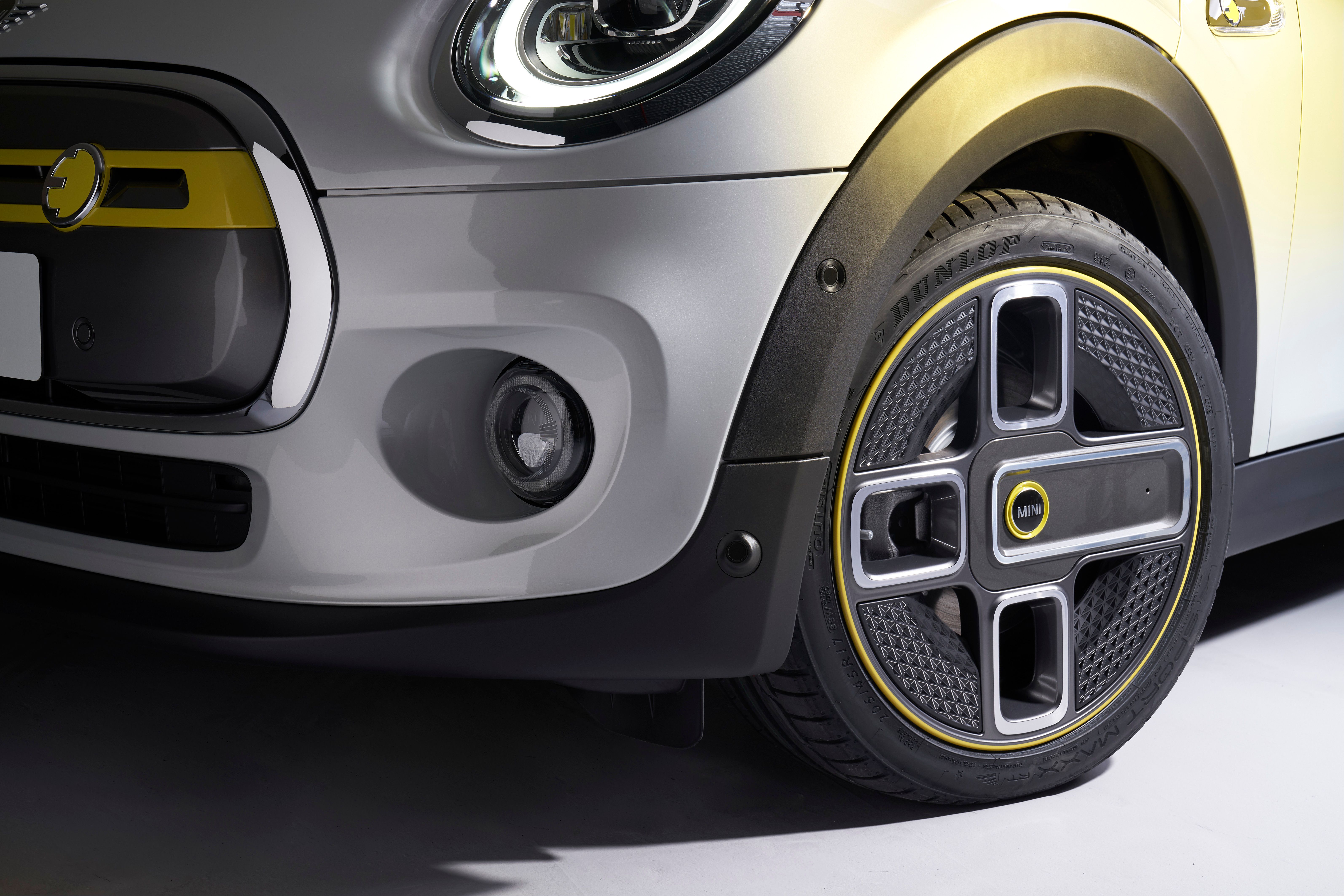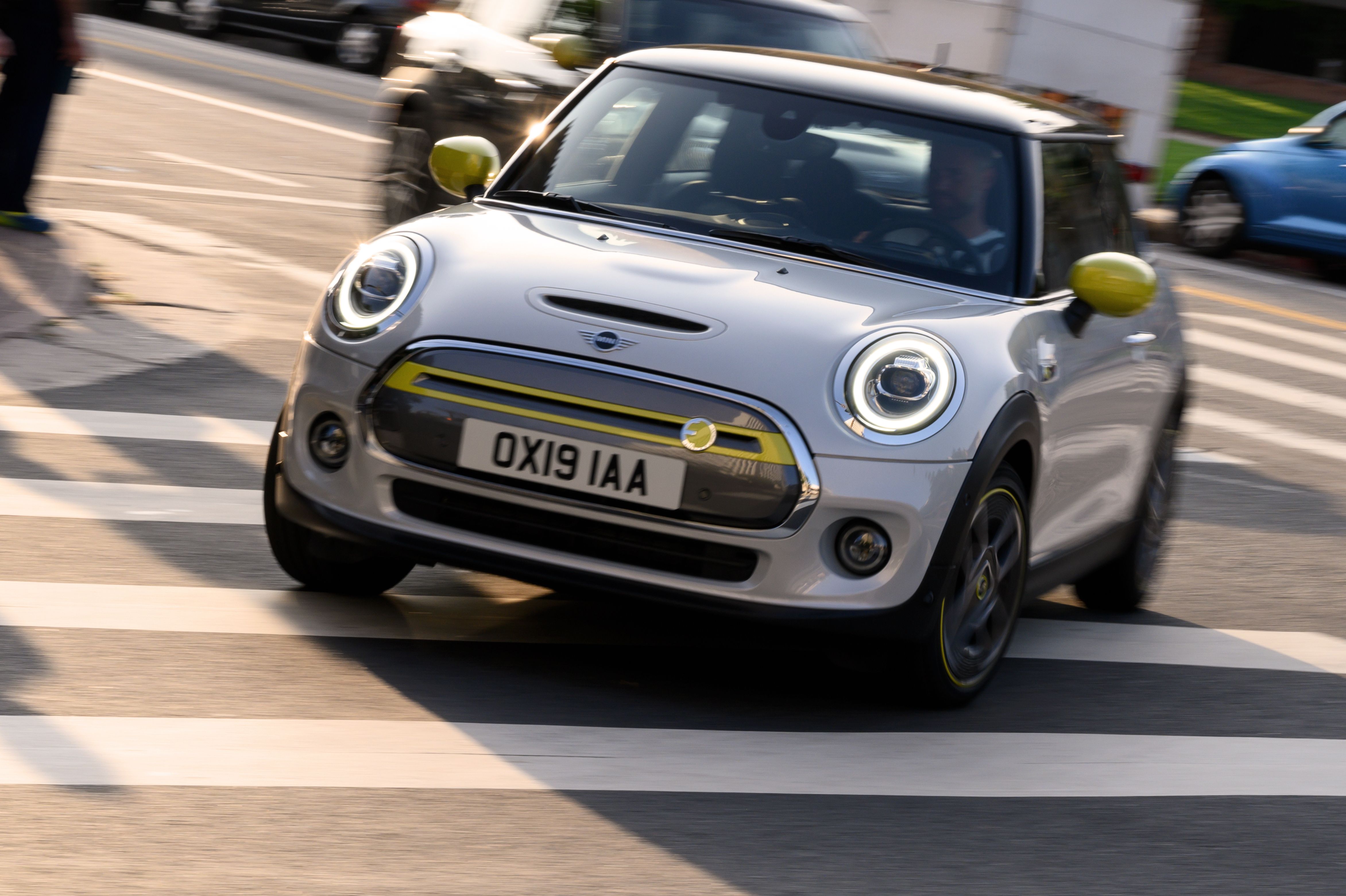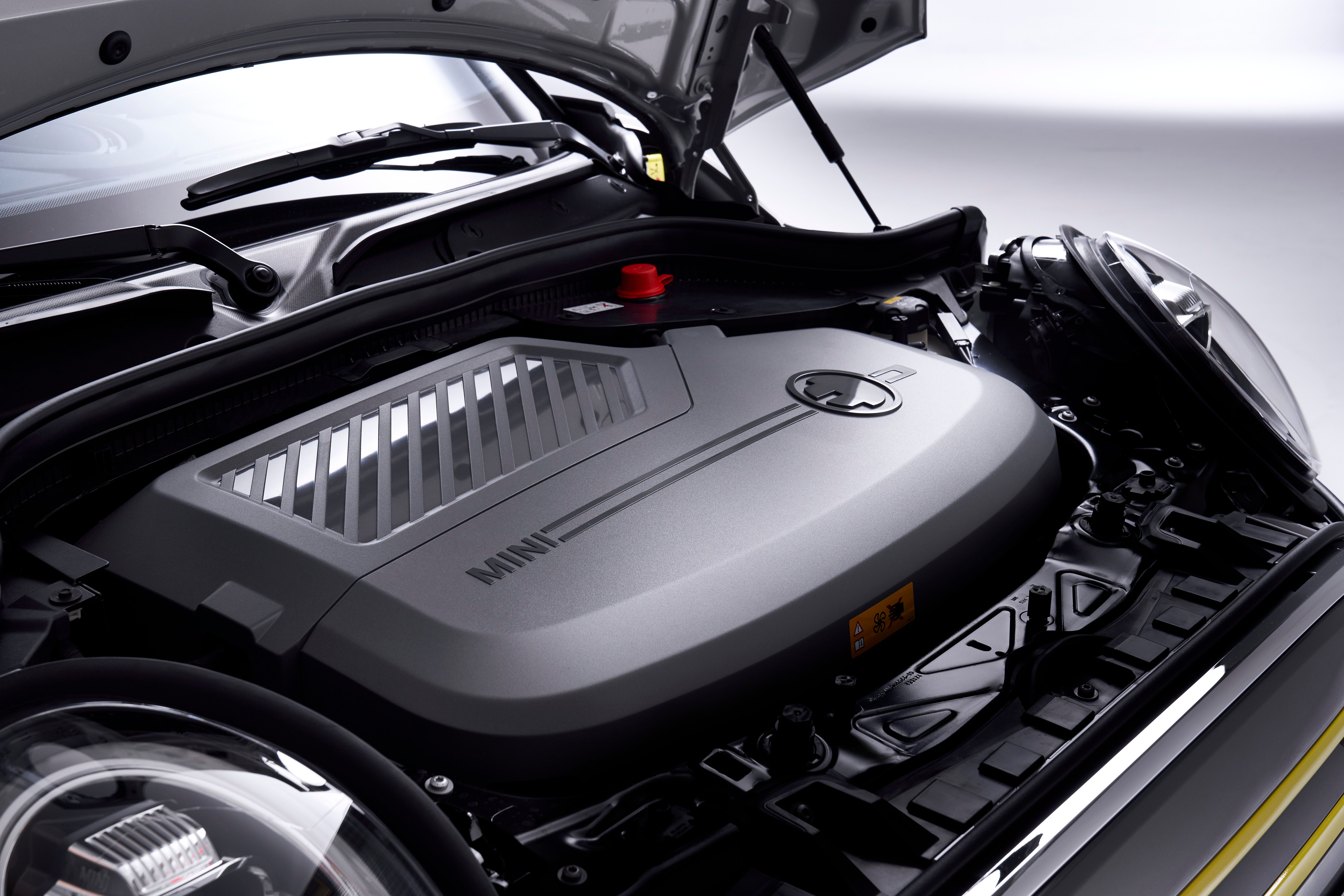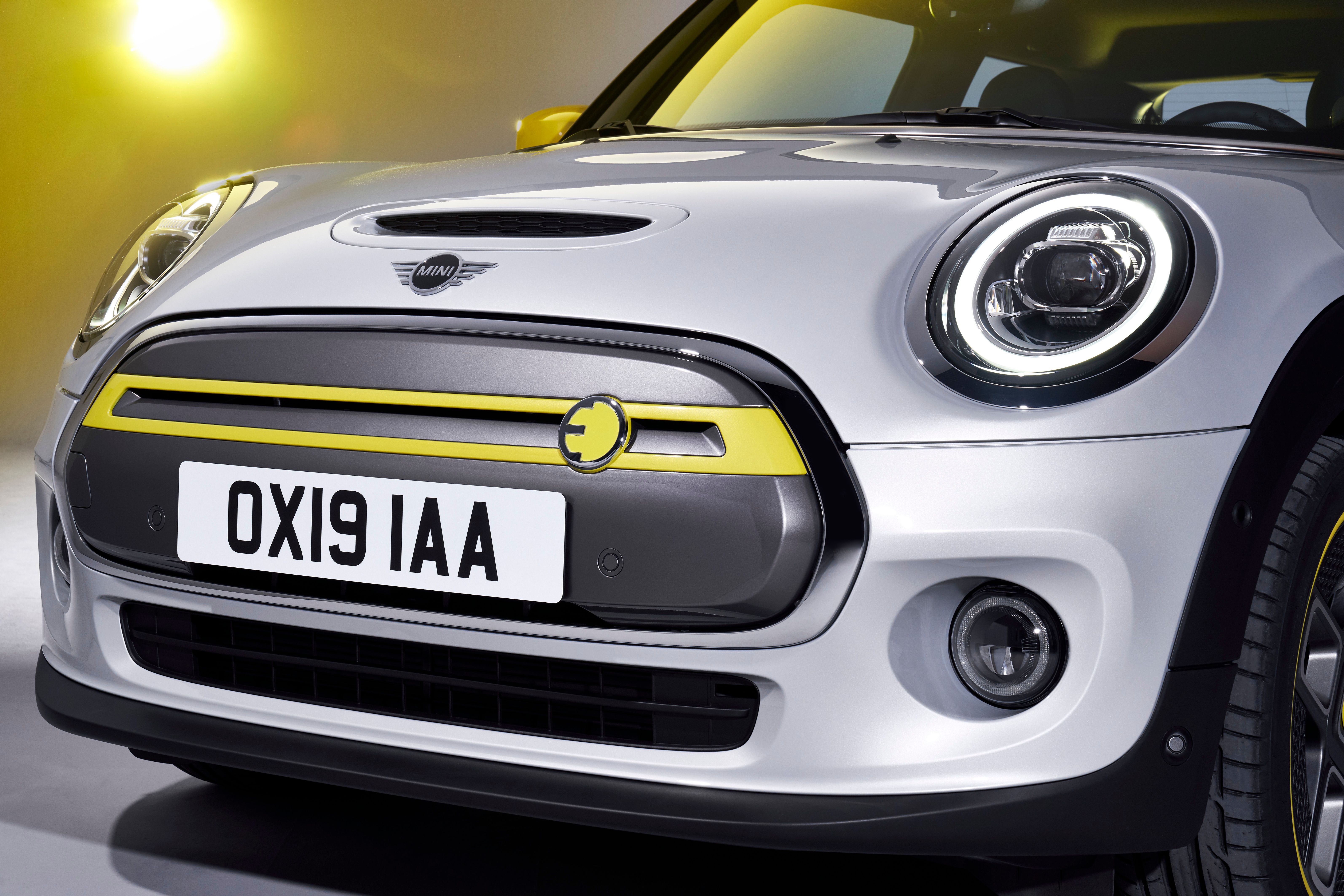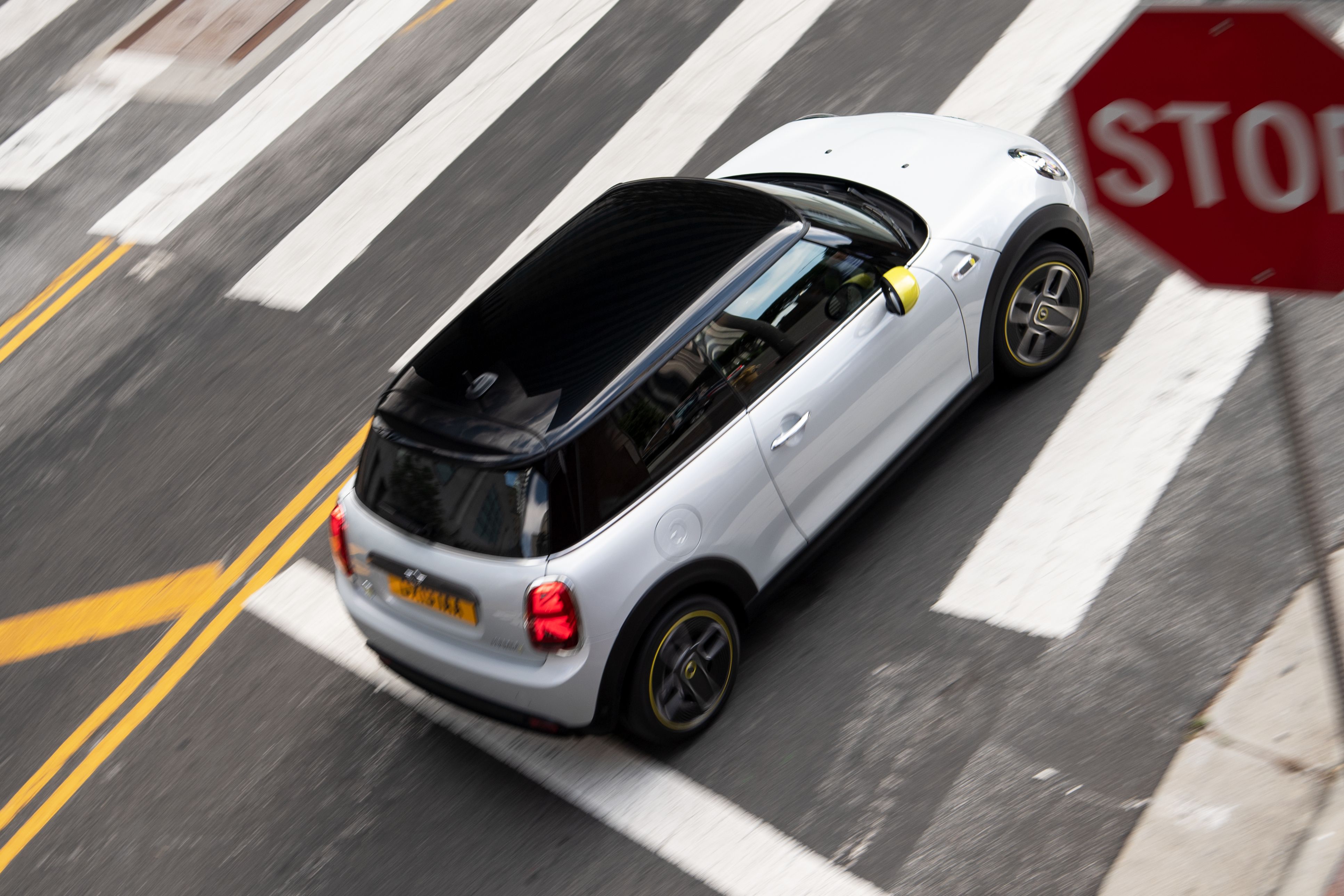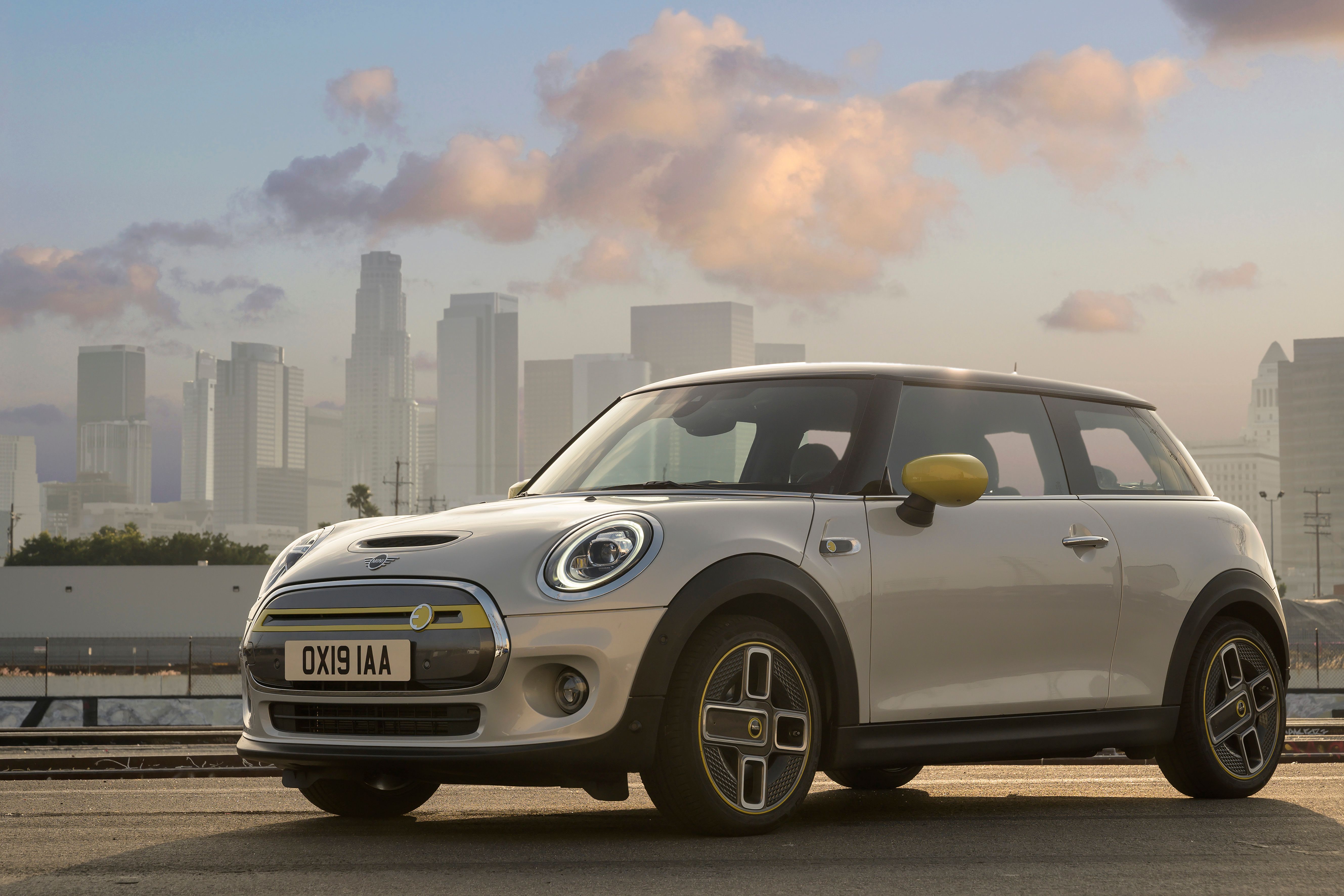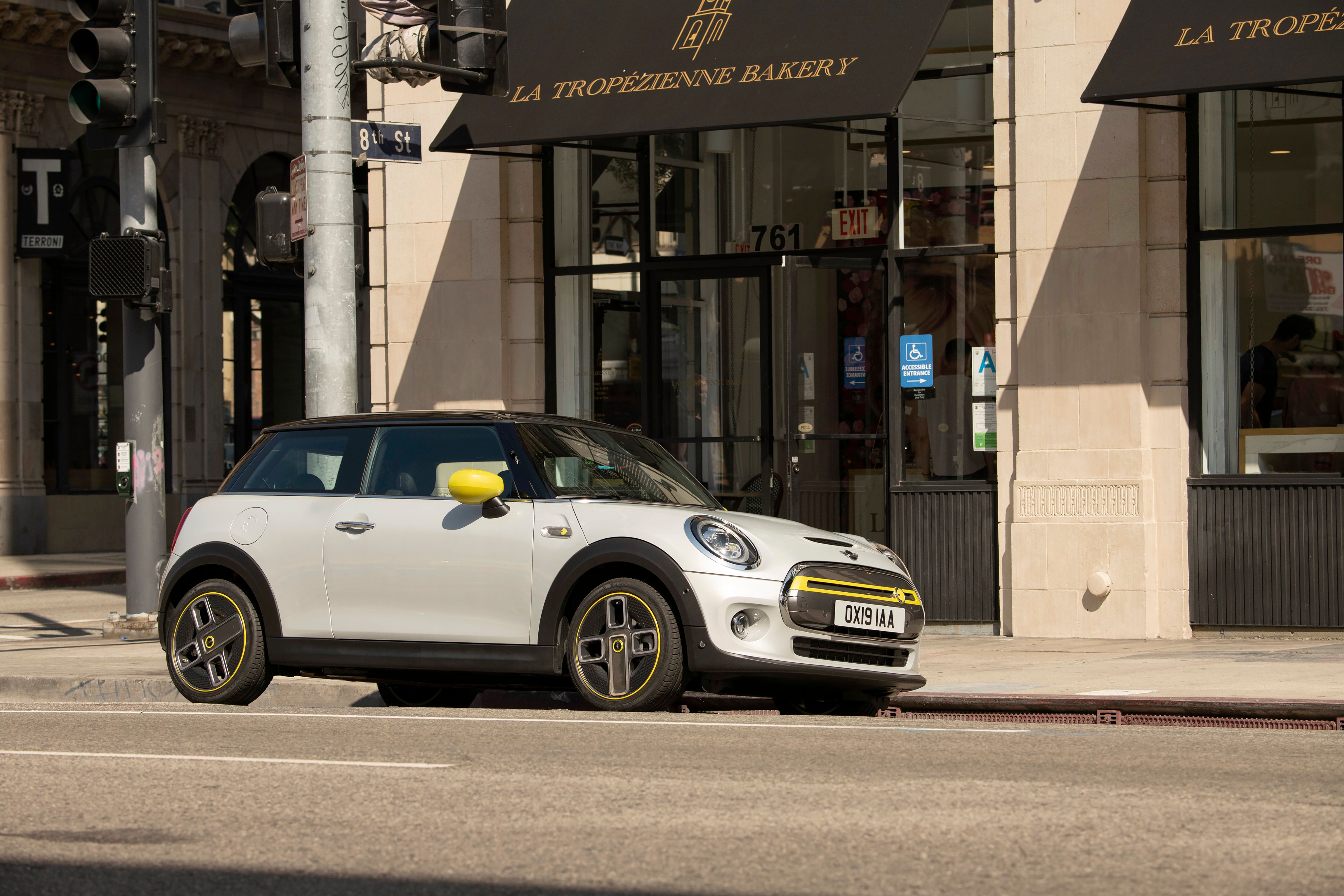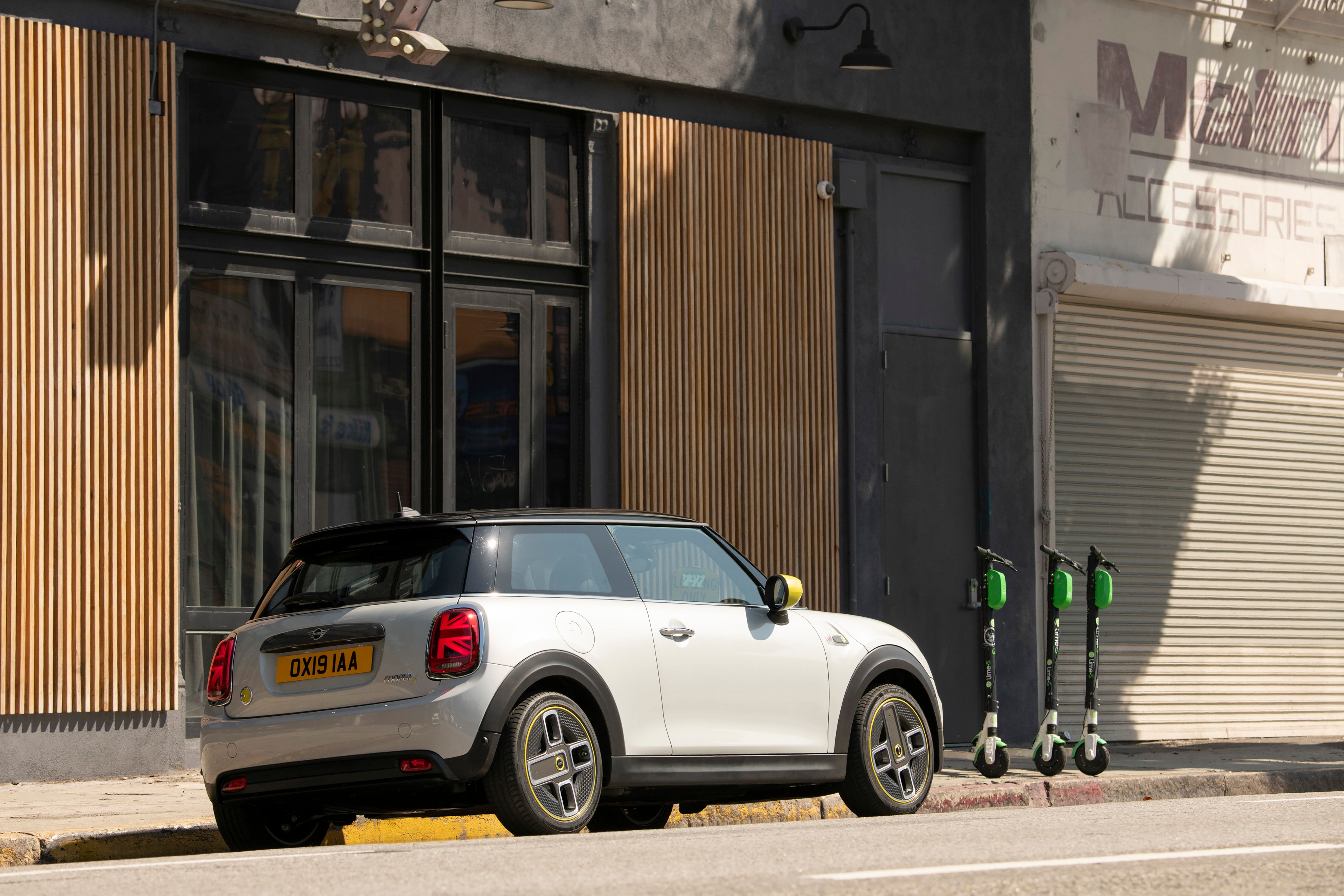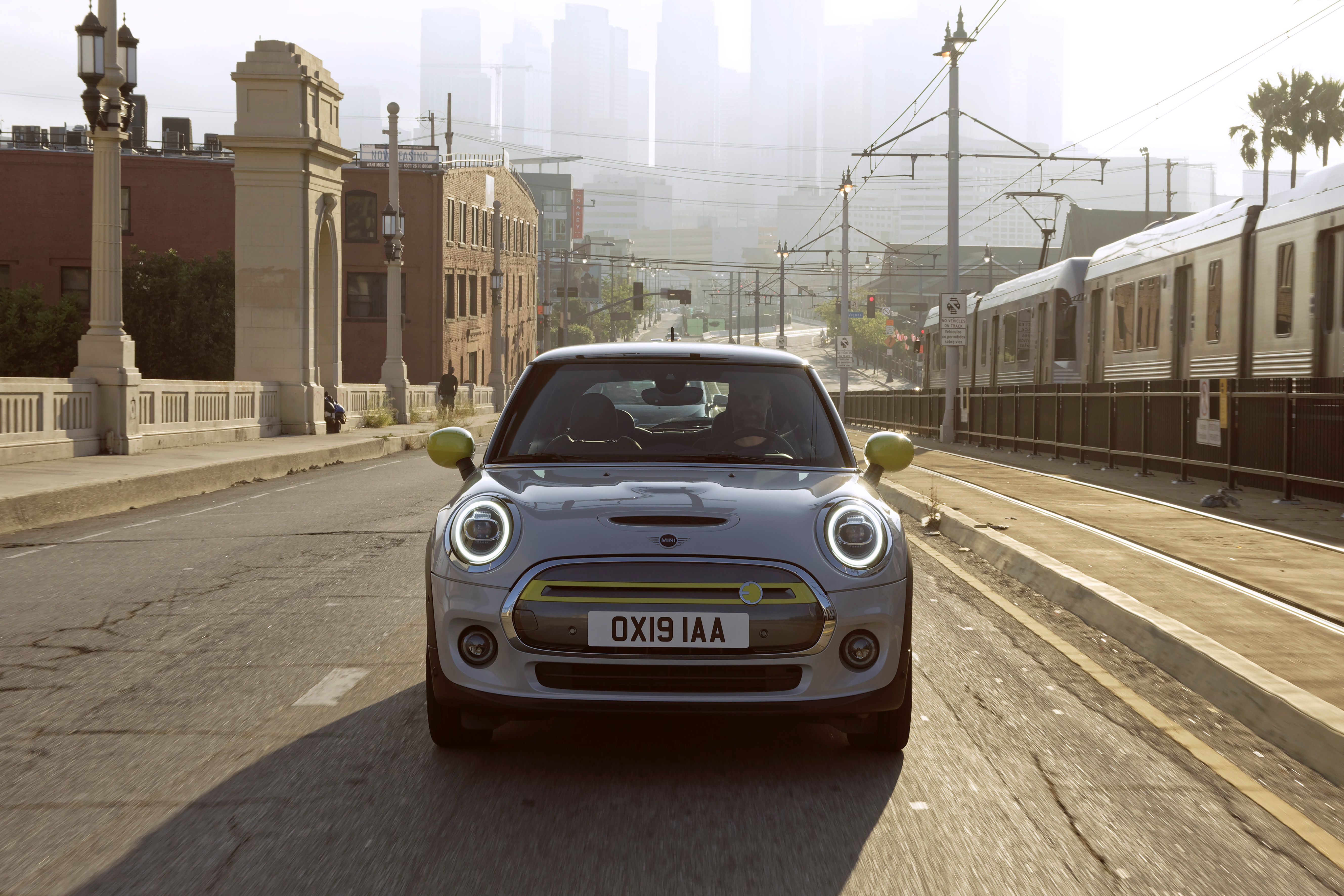The intrusion of electrification into the market has not just changed the mechanical dynamics of a car, but has also brought in a new design philosophy altogether. But, let's be real here for a minute. If there was one car or brand from the current crop that can nonchalantly slip into EV clothes, it is the Mini Cooper. Automakers are adopting crazy-ass designs for their EVs that may or may not please consumers, but an electric Mini? It can't have any haters; in the looks department at least. However, it looks like the car is dead on arrival because things look pretty only on the outside. Going by the initial impressions, I'd say Mini missed a huge opportunity to make a name for itself.
The Mini Copper SE It Is A Looker For Sure
|
|
ids=849371,849372 |
no_overlay=false |
before_label=2020 Mini Cooper SE |
after_label=2019 Mini Cooper> |
Let's start off by talking about its looks. "The first solely electrically powered model of the British brand", as Mini describes it, looks largely similar to the combustion-engine Mini Coopers. The same, retro looks are carried over that probably have no haters on this planet. The main differentiating factor is the grille on the face. Unlike the standard Coopers, the one on the Cooper SE is smaller in size and is filled-in. The round headlights house the running Daytime Running Lights as well.
These wheels carry over the 'asymmetric pieces' kind of a design that we saw on the concept car; but they are smaller here. A slim green stripe running is present on the border of the wheel that is subtle, yet very effective. The rear is the same old, other than the electric nomenclatures and a medallion on the tailgate, similar to the one present on the front grille.
The Mini Cooper SE is a Typical EV On The Inside
|
|
ids=849373,849374 |
no_overlay=false |
before_label=2020 Mini Cooper SE |
after_label=2019 Mini Cooper> |
Is The "Go-Kart Feeling" The Mini Cooper SE's USP?
Mini has revealed the specs of the powertrain, but I believe it is the same one that powers the rear-wheel-drive BMW i3s. The electric motor generates 181 ponies and 199 pound-feet of torque. Power is sent to the front wheels and all the torque is available instantaneously. That's the beauty of EVs. The Mini Cooper SE sprints from a standstill to 62 mph in 7.3 seconds and the speed is electronically-limited to 93 mph. BMW tried explaining this by saying, "innovative driving dynamics system with wheel slip limiting close to the actuator" that will offer "particularly intense and unmistakable agility, known as the go-kart feeling." Go-kart feeling? Well, I do like driving a go-kart occasionally, but as a daily commuter? A big no for me.
2020 Mini Cooper SE specifications
|
Engine |
Electric |
|---|---|
|
Horsepower |
181 HP |
|
Torque |
199 LB-FT |
|
0 to 62 mph |
7.3 seconds |
|
Top Speed |
93.2 mph |
|
Range |
146-168 miles |
|
Battery |
32.6-kWh lithium-ion |
The Mini Cooper's Battery Specs Are Absolutely Absurd
The Mini Cooper SE will be offered with a 32.6-kWh lithium-ion battery pack that is placed deep within the vehicle floor to ensure a low center of gravity for better stability and driving dynamics, and to make sure the cargo area remains as spacious as the regular Mini Cooper. However, Mini claims a range of just 146 to 168 miles! The Mini Cooper SE can be plugged into the standard household outlet, but it will take ages for to get charged. Mini offers a Level 2 AC option that offers a maximum charging capacity of 7.4 kW, while DC fast-charging up to 50 kW will allow charging up to 80-percent in just 35 minutes!
This based on the new WLTP test cycle and adapted to NEDC for comparison purposes, which means the U.S. figures will be even lower. This is absolutely absurd given how to competition fares in this department. The Nissan Leaf+ offers 226 miles, Chevy Bolt can hover around for 238 miles before feeling thirsty, whereas the Hyundai Kona Electric offers 258 miles on a full charge. With people getting more and more conscious about the economy, the Mini Cooper SE is effectively dead on arrival. Why even bother create a product that can't last long? What makes it even worse is that Mini repeated the same mistakes that BMW did with the i3. The i3 did not have much competition when it was launched, but Mini has launched the SE in a segment filled with efficient, accomplished EVs.
Is The Mini Cooper SE The First Electric Mini?
It's not. Back in 2008, Mini launched the Mini E at the Los Angeles Auto Show. This little electric car was part of the BMW Project i and was primarily developed just for field trials in 'potential' countries back then. In 2009 BMW Group leased out a fleet to general folks residing in the U.S. and the U.K. The Mini E was effectively the electric version of the Mini Cooper hatch. The powertrain developed 201 horses and 220 pound-feet of twist which powered the front wheels. Mini claimed a range of 156 miles from the 35-kWh battery pack, although it delivered around 100 miles on a single charge in real-world mixed conditions.
Did BMW's CEO Quitting Have Anything To Do With This?
Unless you live under the rock, you know that BMW's CEO, Harald Krueger, quit his post as the CEO even though his contract was up for renewal in two weeks, which would let him continue to run BMW till April 2020. In all likelihood, it's possible that Krueger's resignation had something to do with Mini launching its electric vehicle. Mini is already facing a lot of flak for the paltry range. Krueger was in-charge for four years, but he didn't manage to take BMW forward in the EV segment, even though the German was one of the first companies to have a successful EV product in the form of the i3. Apparently, he cited "enormous changes" happening in the auto industry as the reason for his resignation. If you connect the dots, it makes sense. He was not able to get the long-range i3 out at the right time, and this delay caused the sales to drop down drastically.
In his tenure, BMW lost the apex position to Mercedes-Benz, and in the first quarter of 2019, the company bore the brunt of a $1.6 billion hit it took in an anti-trust case. He also focused on combustion engines at a time when the world was moving towards electrification, and also invested in technologies that did not reap much monetary benefits. So, before the company faced any more backlash for the poor EV range on the Mini SE, Krueger decided to quit and save face. This is just a speculation, so take it with a pinch of salt.
Final Thoughts
The Mini Cooper SE will appeal to the Mini fans primarily, and to the folks who don't run around much. If you look at it from a city car point of view, it serves its purpose. But this is sure as hell not a car that you can take out of the city, given the measly range, the tad-bit low top speed, and the go-kart-like handling. But even from the urban commute point-of-view, you could look at the Honda e that feels more complete as a package.
Further reading
Read our full review on the 2020 Mini Cooper SE.
Read our full review on the 2017 MINI Electric Concept.
Read our full review on the 2019 Mini Cooper.

